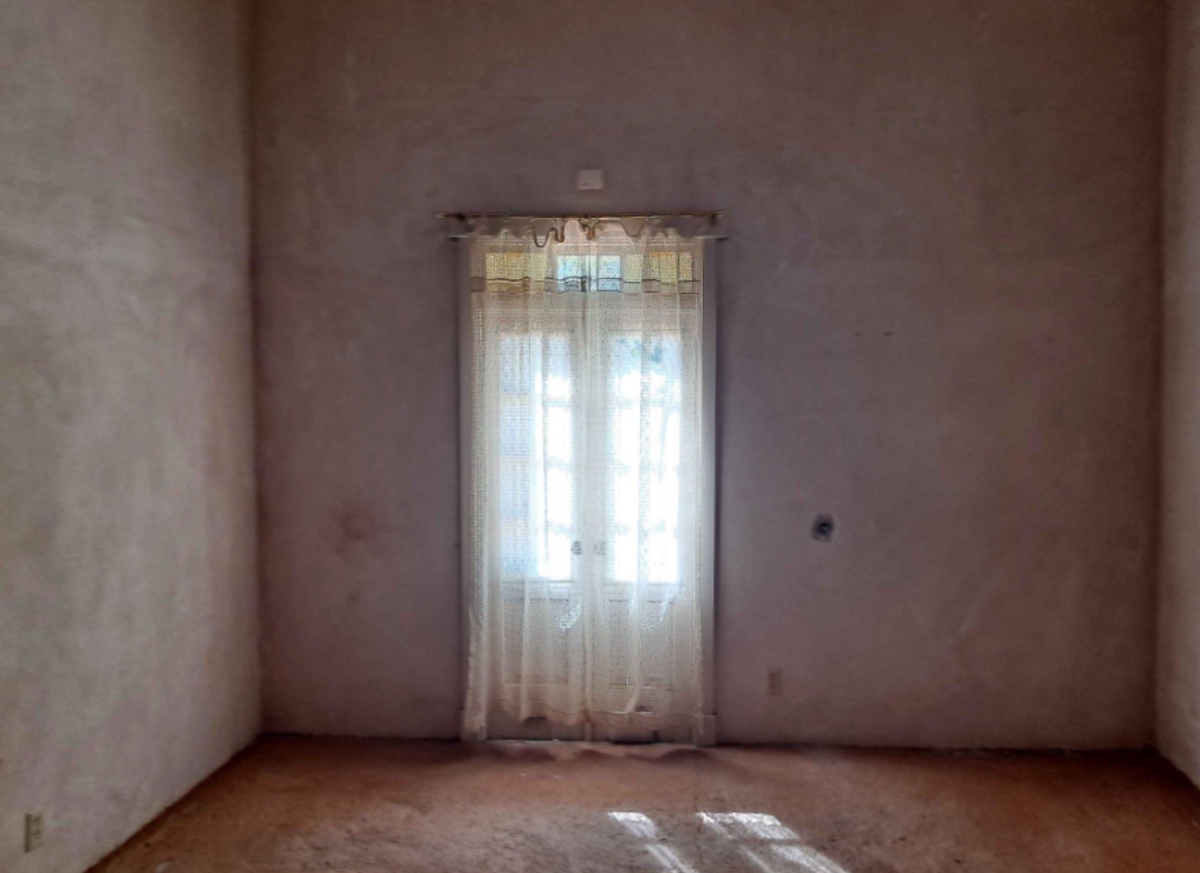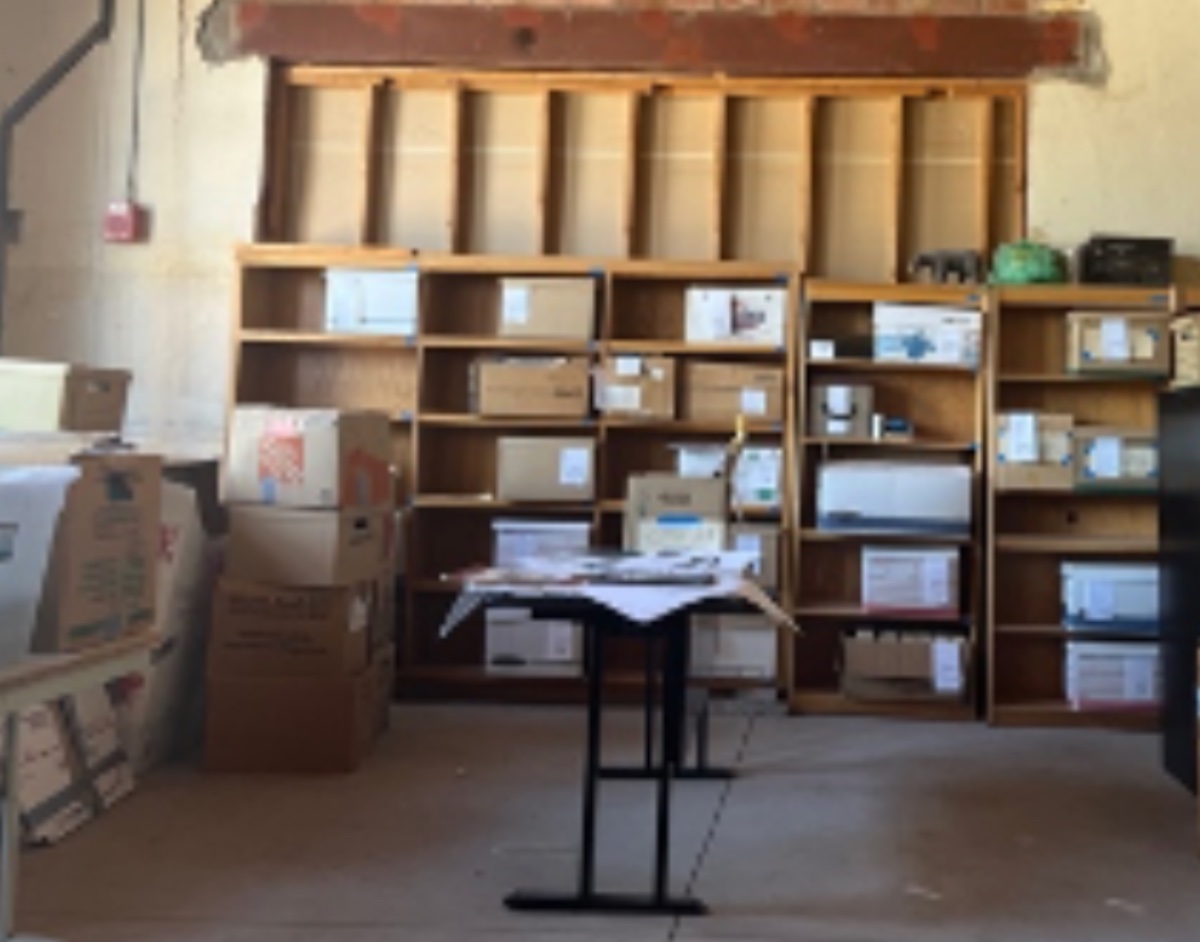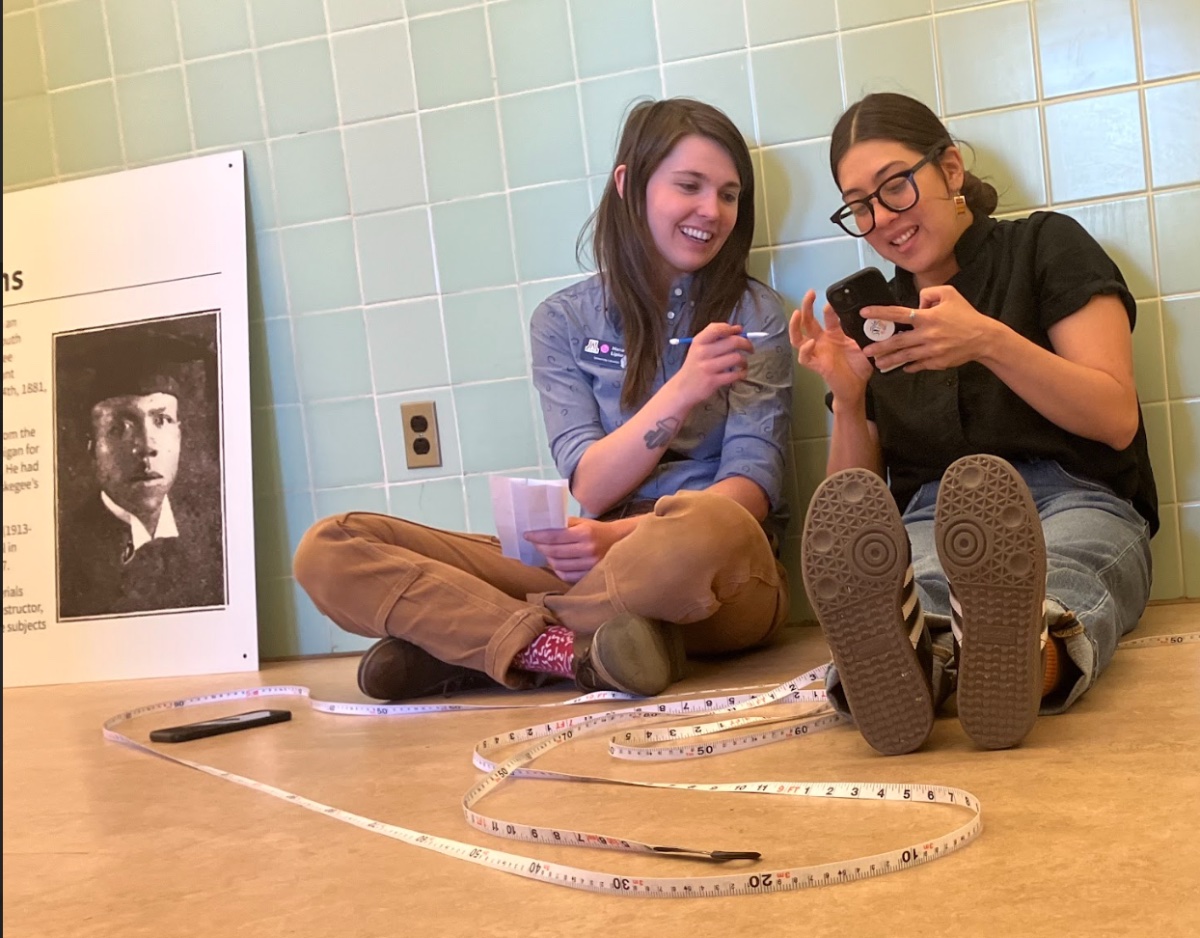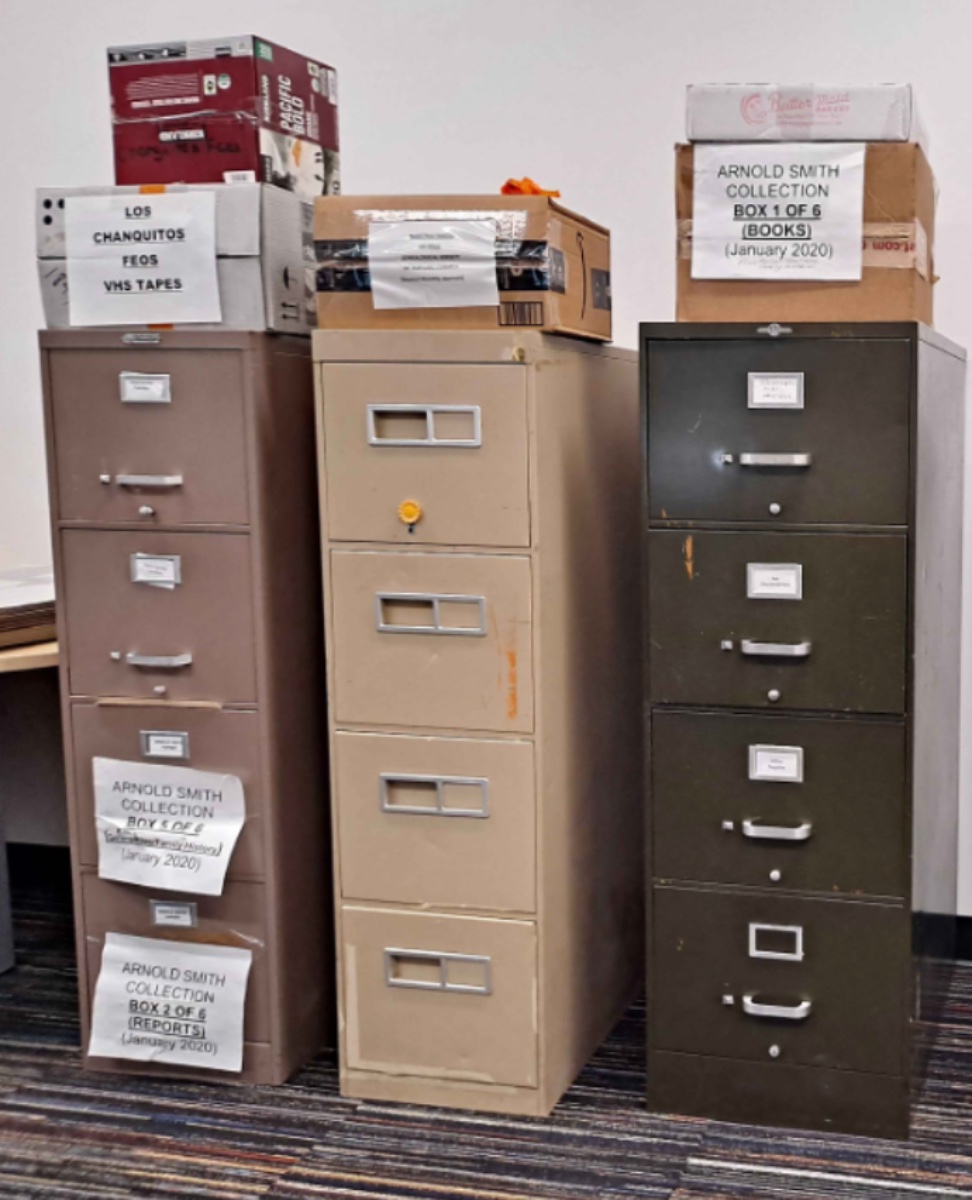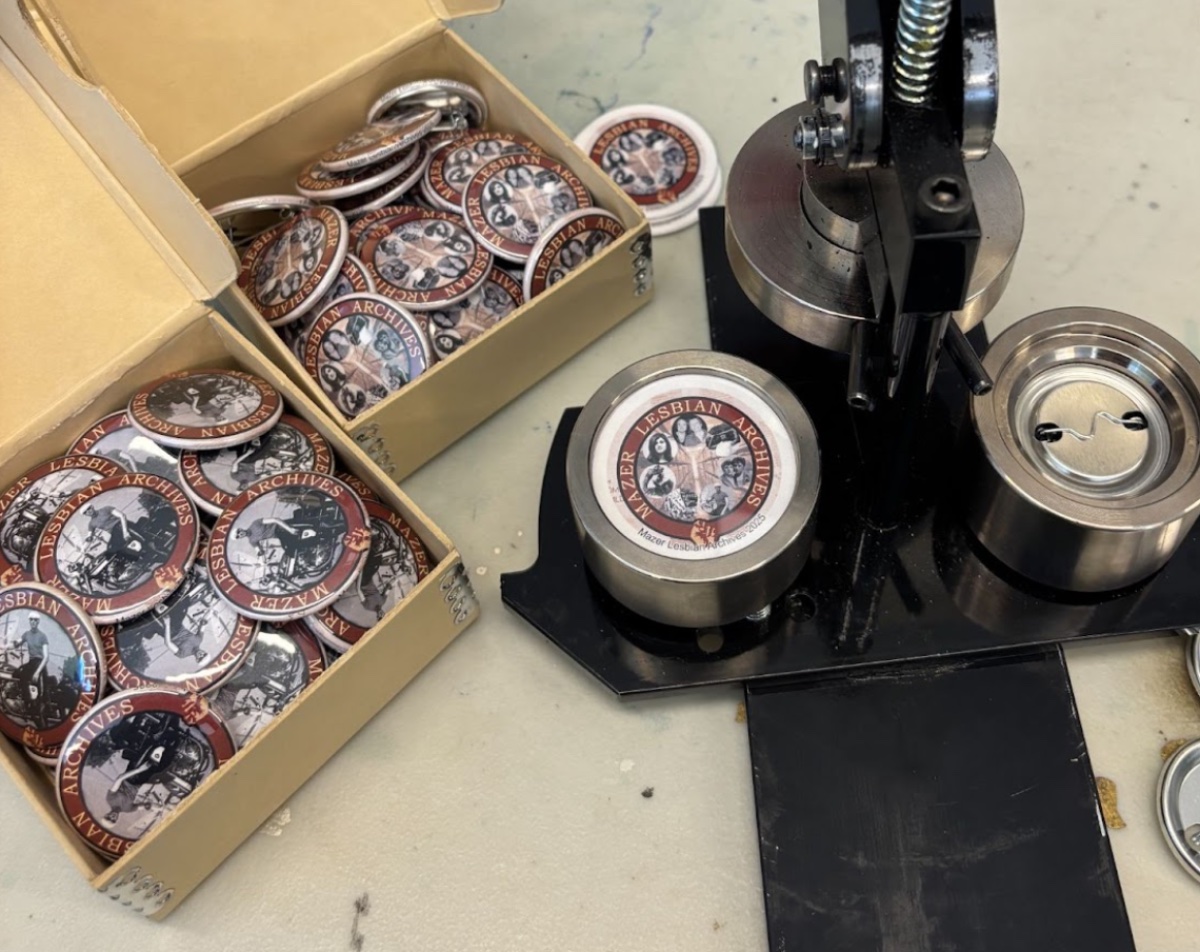By Iori Khuhro, FOCAS Intern, Spring 2025 / University of British Columbia
Culture and Identity
“The values and norms that connect us to a shared identity and community.”[1]
My name is Iori Khuhro, and I am a second-generation Pakistani-Canadian settler born on lands constituting the Treaty and Traditional Territory of the Mississaugas of the Credit First Nation, the Haudenosaunee Confederacy, and the Huron-Wendat and Wyandot Nations. As an infant, I moved to and grew up on the traditional territory of the Three Fires Confederacy of First Nations, which includes the Ojibwa, the Odawa, and the Potawatomi, as well as the presence of Huron-Wendat Peoples. I now have the privilege of living, studying, and working on the ancestral, unceded, and traditional territories of the xʷməθkʷəy̓əm (Musqueam), Sḵwx̱wú7mesh (Squamish), and səlilwətaɬ (Tsleil-Waututh) Nations. These places are also known as Mississauga, Ontario; Windsor, Ontario; and Vancouver, British Columbia, Canada, respectively.
My parents immigrated to Canada from Pakistan in 1999, with limited resources and high hopes. I am forever grateful for how they left behind the world they knew, their family, and friends to provide me and my brothers with the comfortable life we wouldn’t have had otherwise. At the same time, I am mindful that my parents and I are uninvited guests on the lands of the First Nations, Inuit, and Métis peoples. My grandparents, as have many South Asian grandparents across Canada, survived the violent Partition of the Indian Subcontinent in 1947, which was a direct consequence of colonialism. So, I must acknowledge the past and current colonial violence against Indigenous peoples in North America, who have and continue to care for this earth since time immemorial. To be unreflective is to be a complicit settler.
Through the UBC/FOCAS program, I had the privilege of working with the South Asian Canadian Digital Archive (SACDA), an initiative founded by the South Asian Studies Institute (SASI) at the University of the Fraser Valley. Based out of the ancestral lands of the Stó:lō Peoples (People of the River), also known as Abbotsford, British Columbia, SACDA collects, digitizes, digitally preserves, and makes accessible knowledge, stories, and materials created by or with significant ties to the South Asian diaspora across Canada.[2] They host evidence of the 120+ years of South Asian migration and life in Canada.
Selfishly, I wanted to work with SACDA because I was searching for parts of myself. As a South Asian Canadian growing up in southern Ontario, I had always felt out of place, as if I was neither here nor there. In fact, I have much too often been called a “coconut,” insinuating that I am a person who is brown on the outside but white on the inside. This language, coupled with the internal clashing of my identities, left me feeling split in half as a teenager, and it lingers under my skin even as an adult. When I read the job description, I could feel my blood rushing to my fingertips to apply; it was as if the gap inside me was reaching out to SACDA in hopes of making me whole.
Alongside a colleague, I was tasked with creating an inventory of ten archival boxes full to the brim with photographic prints, negatives, and textual materials. We were working on the Chandra Bodalia fonds; Bodalia was a photojournalist based in the Lower Mainland of British Columbia, who photographed various community events and was known as the “Smile Catcher.” Over the course of five months, I pored over photographs of South Asian Canadians who lived similar, different, adjacent, or parallel lives to mine, crafting file-level descriptions for every envelope. It became a labour of love and inquiry as I spent eight hours every week in the Grieg Lab at UBC’s iSchool flipping through prints, counting negatives, questioning Library of Congress Subject Headings, adding representative terms to SACDA’s thesaurus, identifying reappearing persons, and researching the context of the events.
Every photograph spoke to me. Sometimes it was as if I were looking into a mirror that reflected my memories of growing up within the South Asian Canadian community, and sometimes it was as if I were peering into an ocean filled with unknown but vaguely familiar experiences.
Agency
“The individual and collective power to act, create, and change personal conditions and external systems.”[3]
As I worked with SACDA, I was able to interrogate my diasporic identity and dig deep into the history of South Asian migration to Canada. There were happy moments, such as the victory of Patty Sahota, a South Asian Canadian woman politician; there were sad moments, such as a vigil in memory of the victims of Operation Blue Star; and moments of normalcy, such as picnics, ceremonies, alongside other events.
Among all of the photographs, I hadn’t expected to encounter triggering photographs; at least not the type of photographs I found. Without describing them, all I can say is that they raised a red flag for me. I had many questions, and twice as many concerns. They would plague me after I closed the box for the day, and my stomach would churn at night. Once triggered, I railroaded through a mix of emotions: confusion, hurt, worry, and then anger.
Then I started thinking about not only this fonds, but about the digital archives as a whole. Community archives are uniquely positioned to serve their communities, so they bear the responsibility of not only representing those depicted in their archival materials respectfully and accurately but also to care for those who are accessing them.
So I approached my supervising archivist, Thamilini Jothilingam, about writing a trauma-informed harmful content warning statement for the archive, and she respected my agency, empowering me to take the actions I needed. As a result of her trust, I was also able to pursue writing statements for other aspects of this collection and the archives, including alerting our patrons of the undercurrent male gaze, condemning caste supremacy, and warning about Islamophobic sentiments. From there, I went on to research the principles of trauma-informed care, investigate how to weave them into the statement, and identify where SACDA had been implementing these principles in their practice.
Relationships
“The capacity to create, sustain, and grow healthy connections with others.”[4]
Thamilini was kind and attentive; she listened to my concerns about the distressing material I found in the collection, and she provided me with the tools to work through what I was feeling, such as a journal where I could reflect on what I catalogued and worked on during the week. I am forever grateful for how receptive and caring she was, and continues to be. Her support was the reason I could pull myself out of my head about the photographs and channel my concerns into something that would be helpful to others.
To ensure my statement was not only rooted in research but also communicated the work SACDA was doing, I had extensive conversations with the archivist about what SACDA’s mandate was, what their core beliefs were, and what steps SACDA was taking to minimize the harm caused by their material. These conversations were pivotal as this information was implicit in SACDA’s internal workings, but there were little to no documents that made these aspects of their work explicit to their patrons or to new members of the team, such as interns like me.
We adopted an iterative and collaborative process, whereby I sent her a draft of my statements, the SACDA team would provide feedback, and I implemented their suggestions and made changes based on what I felt was important to highlight. It was a team-building exercise that involved the team as a whole and represented them, the work they’ve been doing, and the archives in a holistic manner.
As I developed and deepened my relationship with SACDA and SASI, I found it necessary to give credit to all of those working for SACDA in my statement, including the dedicated and professional archivists, cataloguers, and research assistants
Meanings
“The profound discovery of who we are, why we are, and what purpose we were born to serve.”[5]
Arguably, writing statements and mandates isn’t as exciting as unboxing photograph upon photograph of culture, community, and love, but they are both meaningful in their own respects. Cataloguing and taking inventory are one of the first necessary steps to providing access to these materials; at the same time, these documents are important because they inform administrative archival work, they inform patrons, they hold archivists accountable, and they ensure the transfer of knowledge. Community archives, in my opinion, exist to disrupt the hegemony of colonial, institutional archives and models of work; these statements and mandates will hopefully assist in making SACDA’s work even more seamless than it already is, and provide context to both patrons and new members of the team.
More importantly, the writing and shaping of these statements was a positive way for me to process and address what I was feeling with respect to those photographs. Rather than shutting down or distancing myself from the work, I was able to contribute to the operations of the archives, as well as give back to my community.
I also hope that the trauma-informed care principles are clear in the decisions I made with this statement. I wanted to prioritize the safety of our patrons by providing them with a clear and early notice that some of the materials they encounter may be harmful or triggering; I presented choices in the form of suggestions on how to address the harmful material, by empowering patrons to take the best steps for themselves; I emphasized how much SACDA values collaboration with the community; and increased awareness of SACDA’s trustworthiness by laying out the SACDA’s proactive means of reducing archival harms.
Aspirations
“The capacity to imagine, set, and accomplish goals for personal and collective livelihood and advancement.”[6]
In the end, I didn’t want my experience with the collection to be negatively impacted by what I found in a single envelope, but my relationship with it did change. I was able to open up, confront hidden aspects of my community, and come out of it with a more holistic and grounded understanding. The support I received from the archivist was tantamount to ensuring that I could look back at the work I did with fondness.
Community archives represent a shift in how archivists approach archival materials. Their work is about taking care of the community as much as it is about the materials, and I want to continue being part of the work that sustains the community as a collective and as individuals.
I am grateful that my internship with SACDA through UBC/FOCAS was renewed, as I now get to move on to the next phase: item-level description. Being able to engage with the photographs at a granular level opens various avenues for me to interrogate my identity, deepen my relationship with the South Asian Canadian community, and embed myself into this archival endeavour. I am grateful that SACDA has valued me as a team member and has committed to supporting me as a student archivist.
As I worked on this reflection, I found that the statements and descriptions I wrote were based in the literature surrounding trauma-informed care and work, yet the community archive practiced healing-centred engagement when tending to my concerns. Without even realizing, SACDA and I processed our experience through the CARMA principles: Culture and Identity, Agency, Relationships, Meaning, and Aspirations.
I aspire to learn more about and from these practices as I carry on my work with community archives, and I intend to apply them to all my future work, with SACDA and beyond.

[Image of Iori Khuhro holding up a print photograph and comparing it to a screencap of a Bollywood music video.]
[1] Ben McBride, 2019, “Healing Centered Engagement Toolkit.” https://flourishagenda.com/wp-content/uploads/2021/11/HCE_Toolkit_Revised.pdf
[2] South Asian Canadian Digital Archive. https://sacda.ca/
[3] Ben McBride, 2019, “Healing Centered Engagement Toolkit.” https://flourishagenda.com/wp-content/uploads/2021/11/HCE_Toolkit_Revised.pdf
[4] Ben McBride, 2019, “Healing Centered Engagement Toolkit.” https://flourishagenda.com/wp-content/uploads/2021/11/HCE_Toolkit_Revised.pdf
[5] Ben McBride, 2019, “Healing Centered Engagement Toolkit.” https://flourishagenda.com/wp-content/uploads/2021/11/HCE_Toolkit_Revised.pdf
[6] Ben McBride, 2019, “Healing Centered Engagement Toolkit.” https://flourishagenda.com/wp-content/uploads/2021/11/HCE_Toolkit_Revised.pdf
